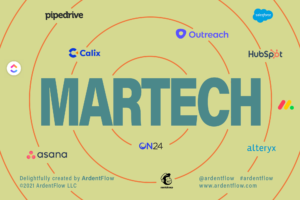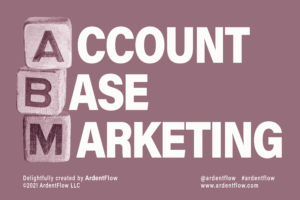A sales pipeline is an organized illustration that provides relevant insight into a prospect’s journey through multiple stages of the sales process. The sales pipeline illustrates how opportunities are turned into leads and transformed into paying customers, provides a landscape view of engagement, measures salespeople’s efforts, and highlights the sales activities which generate the greatest return. This systematic tool tracks and manages data that can be converted into actionable efforts, allowing those involved in the sales process to adjust their interaction.
Benefits:
- Allows for comparison and measurement of sales targets.
- Systematic tracking system.
- Facilitates the setting of realistic and attainable goals.
- Accurately measures effort levels throughout the sales process.
- Stages can be tailored to any business model.
The Stages of sales Pipeline
The beauty of the sales pipeline comes with its flexibility. The process allows decision-makers to increase or reduce stages depending on their strategic business approach, type of prospecting audience, and sales performance results. Let’s take a closer look at the most common method.
Prospecting > Qualifying > Contacting > Closing > Follow up > Sale
Prospecting
The prospecting stage focuses on identifying potential opportunities based on interest or association. Opportunities are typically generated through paid digital subscriptions, content marketing, social media campaigns, tradeshows, and live conferences, to name a few.
Qualifying
This step is where the segmentation efforts begin. Segmentation refers to a sorting process that categorizes opportunities into leads that are matched to predetermined criteria before the first contact. For example, for B2C, the criteria approach may be set by location, age groups, income, and spending habits. Whereas B2B, the criteria may focus on the type of industry, business size, budget size, number of decision-makers, and the likelihood of closing a deal.
Once the criteria framework is in place, the opportunities categories can be developed with unique identifiers. The most common ones are:
- Potential Lead
- Cold Lead
- Hot Lead
- Dead Lead
- New Customer
It is common for businesses to spend time mastering the matching criteria process. Failure to properly establish a solid qualification system may result in high customer acquisition costs, increase overhead, and reduce revenue.
Contacting
The contacting stage is all about narrowing down the best interaction approach. Most businesses will develop strategic marketing campaigns that generate engagement, which is turned into valuable insights. The most common marketing campaigns are performed via email, social media, and marketing active communication platforms. Salespeople will generally make a point of contact via phone, text, fax, or via web conferencing.
Closing
Once the first meeting or interaction has taken place, it is vital to keep the communication flowing. The goal is to keep leads closely monitored by establishing value-added dialogs. In the sales and marketing world, this process is known as nurturing the leads. It is typical for companies to develop a lead nurturing framework that allows them to choose the best interaction or approach best suited for each specific lead. For instance, some leads may instantly recognize the value and are ready to purchase, thus reducing any necessary future follow-ups. Other leads may be involved in a lengthy research process or are simply stuck in the decision-making process. Some leads may have additional questions that need to be answered or simply have cold feet. In the event this occurs, it is key to be present to nurture the lead with related material that addresses the lead’s problem or need.
Nevertheless, we should be able to advise and provide resources that aim to reduce the research process or the stress of decision making. This can simply be accomplished by providing specific solution-driven knowledge articles, educational videos, product line cards, and best practices guides. The more time that is allocated to educate a lead with a specific unique content tailored to their needs or wants, the easier the decision-making process will be.
The closing step’s ultimate goal is to turn as many hot leads into paying customers, only if a solution to a problem is met or a specific need has been satisfied. If a lead is not a good match, it can be tagged as a cold lead. On the other hand, if they decide on a competitor, the lead can be tagged as a competitor.
So what do we do with those cold leads who decide not to move forward? The leads can be categorized and set aside for an additional follow up at a later time. Sometimes customers are just not ready to complete a purchase or may need additional time; this is totally acceptable.





